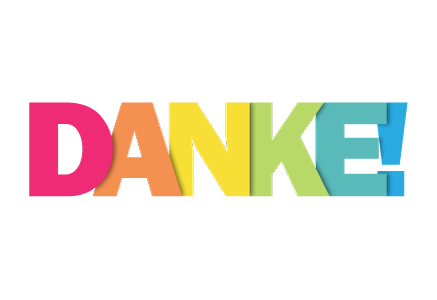The “digital sovereignty of public administration” in Germany had already been named in 2019 by the Federal Ministry of the Interior under Horst Seehofer (CSU) as one of the main topics of the coming years. Instead, costs and dependency apparently continued to rise.
IT cost explosion in the public sector
What it means when the public sector, which is strongly hierarchically structured and organised, relies on the dependence of proprietary software solutions such as those from Microsoft for its IT infrastructure is currently shown by a tripling of annual costs compared to 2015.
“… In the financial year 2020 alone, however, the federal ministries spent 178.5 million euros on software licences, cloud and server services from the group.” (Source: https://www.golem.de/news/outlook-exchange-und-windows-microsoft-kostete-bundesbehoerden-178-millionen-euro-2102-153964.html)
In 2015, the government still put the transfers to Microsoft at 43.5 million euros; for 2019, just 57.2 million were originally budgeted. (https://www.spiegel.de/netzwelt/microsoft-bundesministerien-kauften-software-fuer-178-millionen-euro-a-00000000-0002-0001-0000-000175196794)
Structural barriers to migration
It is basically a good idea to invest more money in IT infrastructure, but only if there is added value – and digital sovereignty – for everyone in the end. How is it possible that IT costs get so out of line here? Is Microsoft’s market power so immense that it can raise prices at will? Well, in this case, the structures of the ministries with their slow, inefficient communication and decision-making structures themselves contribute a large part to the financial fiasco – lack of interdepartmental coordination and silo thinking and acting in its finest form.
It has been known for years that Microsoft wants to discontinue support for Windows 7 – countless companies have therefore migrated to Windows 10 long ago. Not so the federal ministries. Since 14 January 2021, all Windows 7 updates have been discontinued, but the outdated software is still running on around 33,000 computers (according to a statement by the Federal Ministry of the Interior in response to a question from the Green Party parliamentary group).
In many state administrations, too, the changeover is far from complete. For Berlin, for example, about 20,000 of a total of 85,000 administrative computers have not yet been migrated. Many state administrations are also still using Windows 7.
“The authorities and departments are responsible for a ‘timely’ changeover to Windows 10 themselves,” explained Günter Krings, Parliamentary State Secretary of the CDU. (Source: https://www.handelsblatt.com/politik/deutschland/windows-7-bundesregierung-zahlt-fast-eine-million-euro-fuer-veraltetes-microsoft-betriebssystem/25452158.html?ticket=ST-4402651-ksouFvjDIzIPYEwt51PB-ap2).
Compulsion as a core factor in dependency
At this point, one may rightly ask what the government’s concrete instructions for action are to turn the ministries digitally sovereign. How should it proceed? After all, it should be clear that a switch to Windows 10 will certainly not make the ministries sovereign, but on the contrary, will continue to maintain dependency (for cross-reading: https://blog.gestreift.net/2017/04/fatale-gefuehlte-abhaengigkeit-von-ms-outlook/).
It also becomes particularly clear what the dependency is: The provider, in this case Microsoft, no longer provides its customers with product security in the existing version of the software. This is not to be seen negatively, but first of all as a fact and common business practice – manufacturers also replace product lines in other areas. The Windows update did not hit its customers abruptly, but was announced well in advance so that customers could prepare for a migration in good time and start planning the implementation. Nonetheless, the basic dependency on proprietary software remains: without chargeable updates, security patches, etc., the software will not work. Without paid updates, security patches, etc. (among other things, the “MS Extended Security Update” causes costs here), the core functionality of the customers is disrupted, i.e. if one wants to remain operationally secure, one is forced to migrate (also to migrate all connected specialised applications and third-party software) – provided one spares the effort, which should not be underestimated, to change to an alternative provider. If Windows 7 were an open source solution, customers could weigh up whether to migrate or take care of further maintenance themselves.
Digital sovereignty with flexible solutions
The dependency could also be reduced without a complete change. The prerequisite, however, is not to think from the client, i.e. from the individual PC, but in modular components for flexible needs, as Kopano suggests, for example:
- Open source server/cloud (e.g. Kopano, ownCloud, Seafile, Nextcloud, …)
- Digital sovereign implementation of standard interfaces on the market (e.g. z-push, Kopano Kraph).
Conclusion: In order to become digitally sovereign in the public sector in the sustainable long term, there are two major parameters: conversion to both/and solutions (MS solution plus open source solutions) and the restructuring of the organisational structure into agile work processes – this is how truly intelligent and sovereign digitalisation succeeds.


